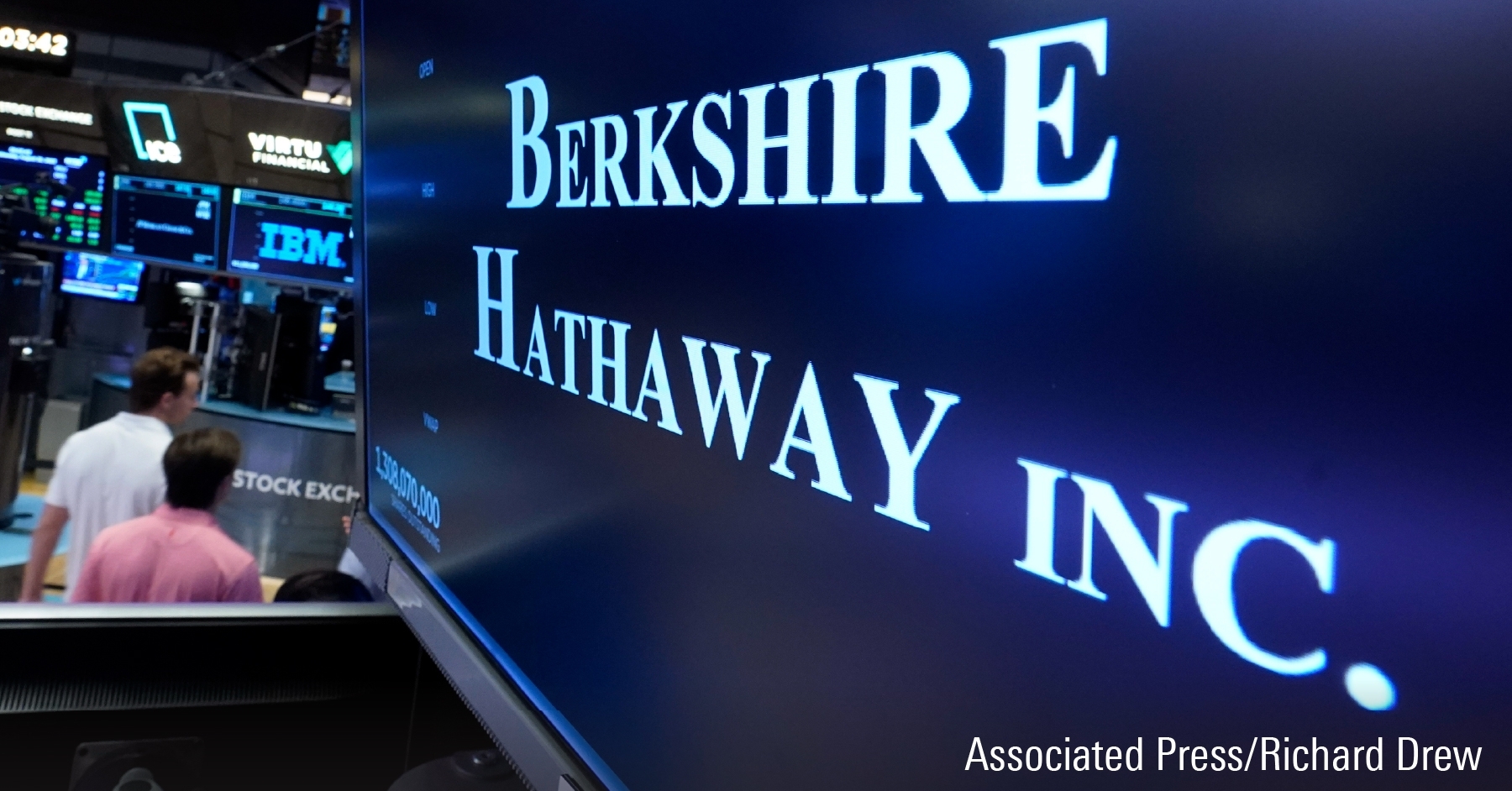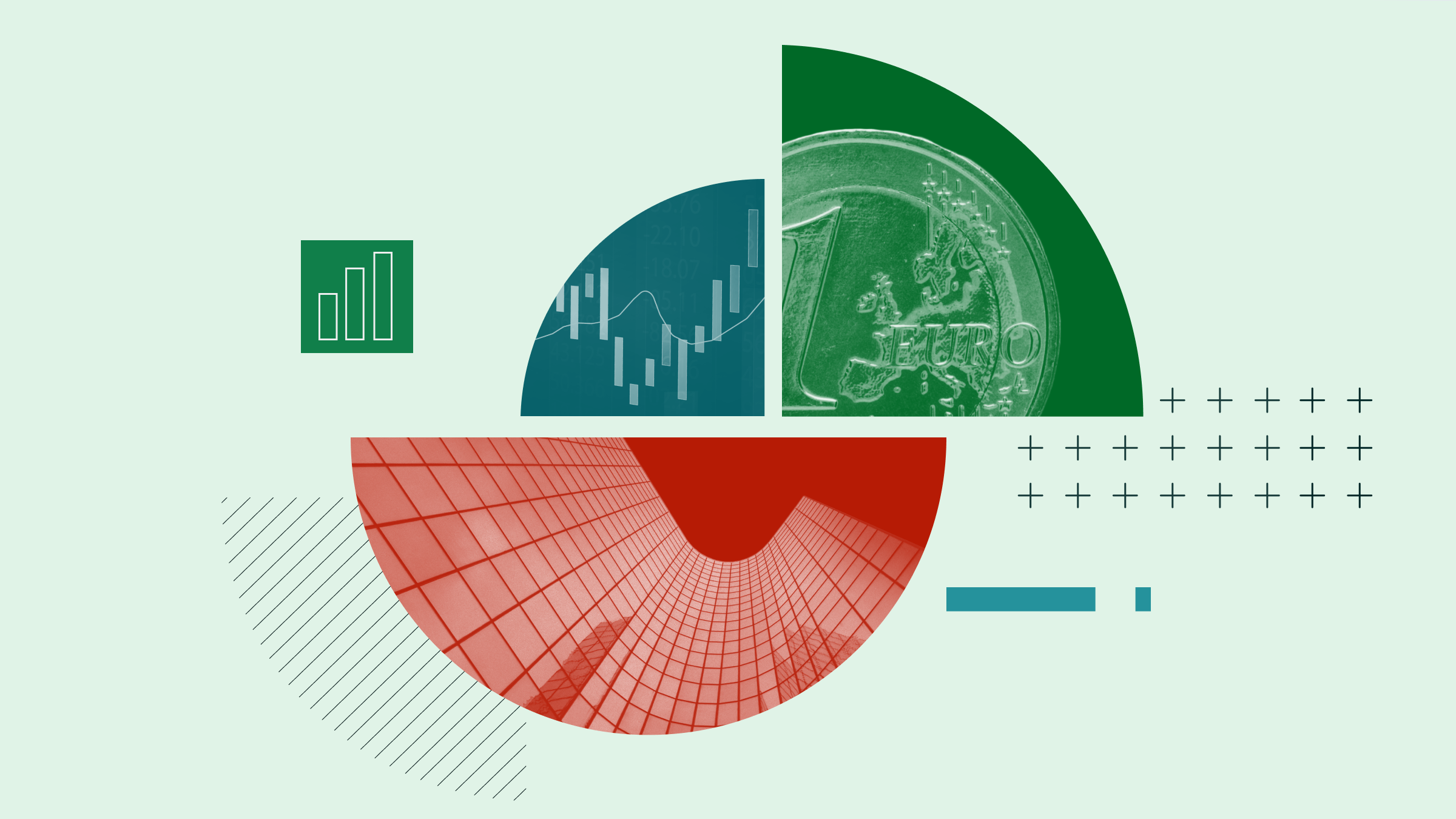With its fourth-quarter earnings report and annual capital markets update, Statoil announced steps to ensure the dividend, alleviating investor concern about a potential cut that had grown as oil prices fell. Statoil affirmed its quarterly dividend of NOK 1.80 at least through the third quarter of 2015. While it did not make any assurances beyond then, it did lay out a plan to drive its break-even price (at which free cash flow would cover the dividend) to $60/bbl in 2018 from $100/bbl in 2016.
It plans to do so by increasing previously planned capital-efficiency improvements by 30% to $1.7 billion a year beginning in 2016, cutting 2015 capital and exploration spending by $2.2 billion, and improving operating efficiency and increasing production to deliver $1.1 billion in cash flow improvement. It expects to increase equity production 2% a year through 2016 (based on 2014 levels adjusted for divestments), then 3% a year through 2018. It delivered production growth of 4% in 2014 (based on 2013 levels adjusted for divestments).
Beyond 2016, Statoil will have greater capital spending flexibility, allowing it to adjust investment based on oil prices, ensuring sufficient free cash flow to fund the dividend. This flexibility will allow it to keep net debt/capital below 30% even if oil prices average $60/bbl. Year-end net debt to capital was 20%. However, current future curves suggest Statoil will test that 30% level over the next two years. Also, there's no certainty that oil prices have found a floor, and they could reverse course after a recent recovery, meaning Statoil is not completely out of the woods.
We plan to update our model based on the latest guidance but do not expect a material change in our fair value estimate. While we applaud today's announcement, we still see greater value and opportunity elsewhere in the integrated space with firms that have a clearer line of sight on free cash flow growth and returns improvement. Our moat rating is unchanged.























